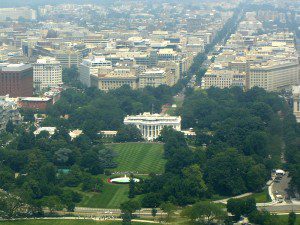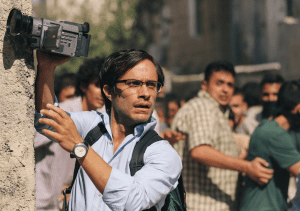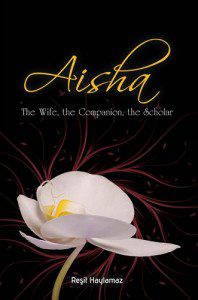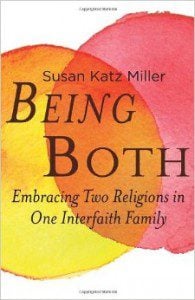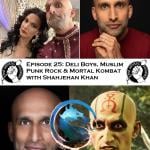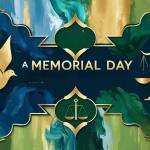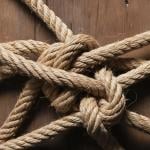 |
|
Memoir-able
|
Ali Eteraz is a wonderful storyteller. His memoir “Children of Dust” (HarperOne) is an engaging story of life as a child in Pakistan to his adolescence and young adulthood in America with several pit stops in between. Children of Dust is very well written. Eteraz’s life story provides a startling look inside the painful lives led by many Pakistani children.
Subtitled “A Memoir of Pakistan”, billed as creative nonfiction, and promoted as a “searing memoir revealing the truth about militant Islamic fundamentalism in Pakistan”, Children of Dust is more a story of child abuse and neglect, a horribly deficient primary education system in rural Pakistan, perverted and sadistic religious teachers and their devastating impact on a young man’s life. Islam certainly played a role Eteraz’s narrative, but what really stands out is the psychological damage that abuse and neglect had on his life and the behavioral issues that stem from them.
In the book’s prologue Eteraz writes:
“This book is about a thoroughly Islamic childhood and about a boy’s attempt not merely to know his identity, but to assert his sovereignty.”
Eteraz’s childhood, in reality, had very little to do with Islam. Certainly, Islam as a cultural talisman permeated his life but to call it “thoroughly Islamic” is a distortion of reality (based on his own account).
His early education in religion was not about the broad concepts in Islam, nor about its basic articles of faith. Instead, his earliest exposures to Islam were related to concepts such as Koh-e-Qaf (from ancient Persian mythology – a sacred place beyond the mountains according to some) and jadu (black magic), and his grandmother’s supposed regular meetings with Prophet Muhammad (s) in her dreams. It is not exactly the firm foundation upon which to build a young Muslim’s religious life.
Early in the story Eteraz writes of his experience sexually harassing a servant girl just a few years older than him at his home Pakistan. This is the first signal that Eteraz’s childhood was neither wholesome nor idyllic. He was seven years old and the servant girl was only a few years older. Eteraz writes of how he forced the girl to undress, of how he exposed himself to her and then attempted to grope her naked body.
Eteraz says nothing about attending public or private primary schools in Pakistan where he spent his early years. The only formal education he writes about are intermittent stints in various madrasahs where his parents sent him to memorize the Holy Qur’an. Eteraz suggests that his parents sent him to these madrasahs because they had no alternatives.
Madrasah is an Arabic term for school but Eteraz’s accounts of the madrasahs he attended are frightening images of non-stop physical, psychological and sexual abuse of young boys. Eteraz writes a riveting account of the fear he felt while he attended the madrasahs. He writes of sadistic teachers at the madrasahs who beat children with sticks for making mistakes, of locking up children in prison cells and of child molestation.
Eteraz writes of his own rape at the hands of two other boys while in Pakistan. It is an eerie narrative. While his description is unmistakably of rape, Eteraz couches it in benign imagery. The narrative Eteraz uses is something one might expect a child to use in order to protect himself from the psychic trauma of re-living the assault.
The experience with “Islam” once he comes to America is only slightly better than what he suffered in Pakistan. He came to America in the 1990s, a time when mosques and established religious life for Muslims was just becoming more institutionalized but was fraught with cultural and political overtones (many of which remain in place even today).
Eteraz’s life story in America is one that is familiar in most aspects, if not all, to many American Muslims who grew up in America and attended high school and college in America in the 1980s through to the present. He experienced the need to fit in and a frustration with the overbearing and superficial Islam pushed by his parents as a means of vaccinating him from the social ills of American society.
The end of high school and the start of college mark the midpoint of Eteraz’s book and covers about two-thirds of his chronological age. Eteraz does an amazing job in telling a compelling story up to this point. Thus far Eteraz has written in great detail about what he saw, what he heard and what he felt. It is compelling storytelling.
While the book remains readable and entertaining to the very last page, from this point forward Eteraz’s narration changes. Rather than continuing to tell a story with details and experiences, much of the remaining book summarizes events and then liberally sprinkles in political and religious editorials.
Eteraz chronicles his college years as being filled with sexual exploits, outward religiosity and inner conflict between Eteraz the religious Muslim wanna-be leader and Eteraz the young college kid who indulged many of his sexual impulses. It reads more like a summary than a story.
The book’s final chapters are the least detailed and are heavy on self-reflection. Eteraz describes Children of Dust as creative nonfiction and by the last few pages one cannot help but wonder if these final experiences are heavy on the “creative” and easy on the “nonfiction” because the story seems almost too perfectly tailored to accommodate the religious or philosophical epiphany with which Children of Dust climaxes.
Throughout the latter part of the book Eteraz works very hard to build himself up as an Islamic fundamentalist. Presumably this is because, in his mind, his life’s story is about his personal exposure to radical Islam with a redemptive ending. However, what Eteraz writes about vis-à-vis his activist Muslim college experience is not so different from the experiences of many other American Muslim college students.
Still, Eteraz’s epiphany at the end is intriguing. The realization that he confronts about his religiosity in the final pages of Children of Dust is an interesting and thought-provoking notion. The book is worth reading for this epiphany alone, but there are other good reasons too.
Children of Dust provides some insight into the humanity of one American Muslim. By telling his own personal story, with all the painful experiences, Eteraz humanizes and contextualizes the otherwise one-dimensional “American Muslim” that most Americans read about but never get to know.
America needs to hear more stories about young Muslims with the same boldness as Eteraz’s Children of Dust. Americans want to really know Muslims and especially those living in America. Children of Dust gives Americans a great insight into the mind of a somewhat typical American Muslim. That is an invaluable resource.
UPDATE: An earlier version of this article stated that a rape occurred in a madrasah. This is not what was described in the book and the sentence has been amended.
Junaid M. Afeef is a contributing writer to altmuslim.com and a Research Associate at the Institute for Social Policy & Understanding. His personal blog can be found at An American Muslim Journal, where this article was also published.


